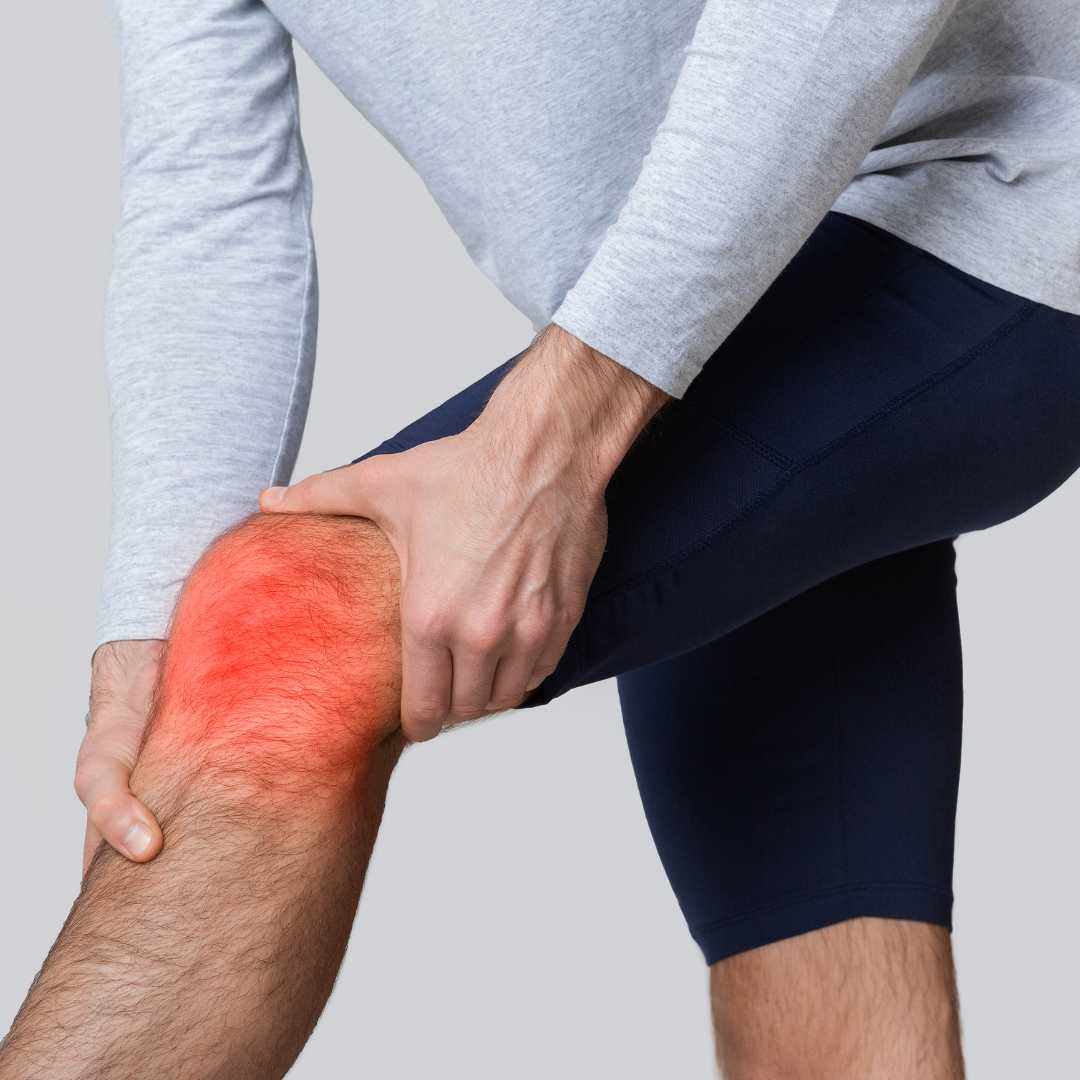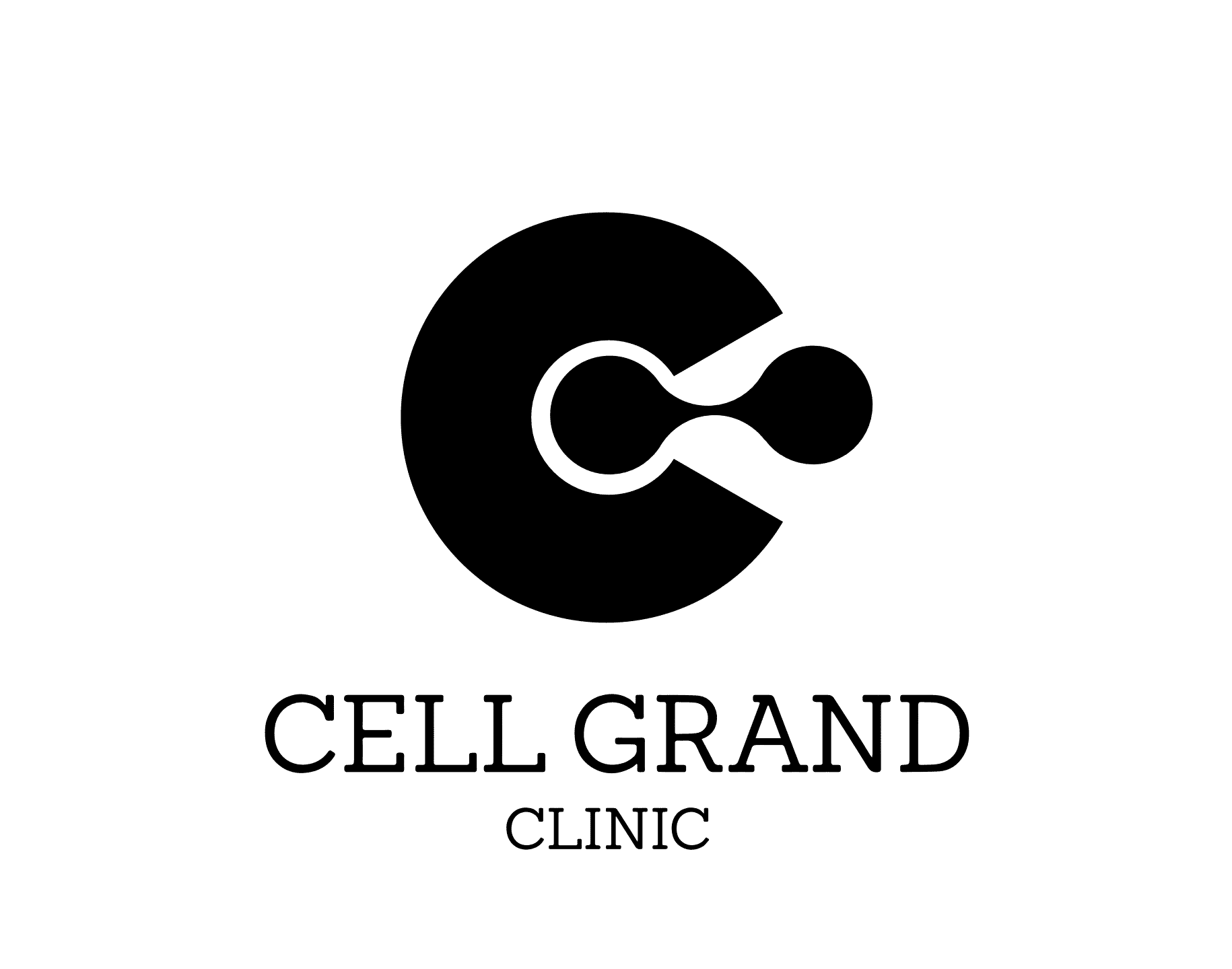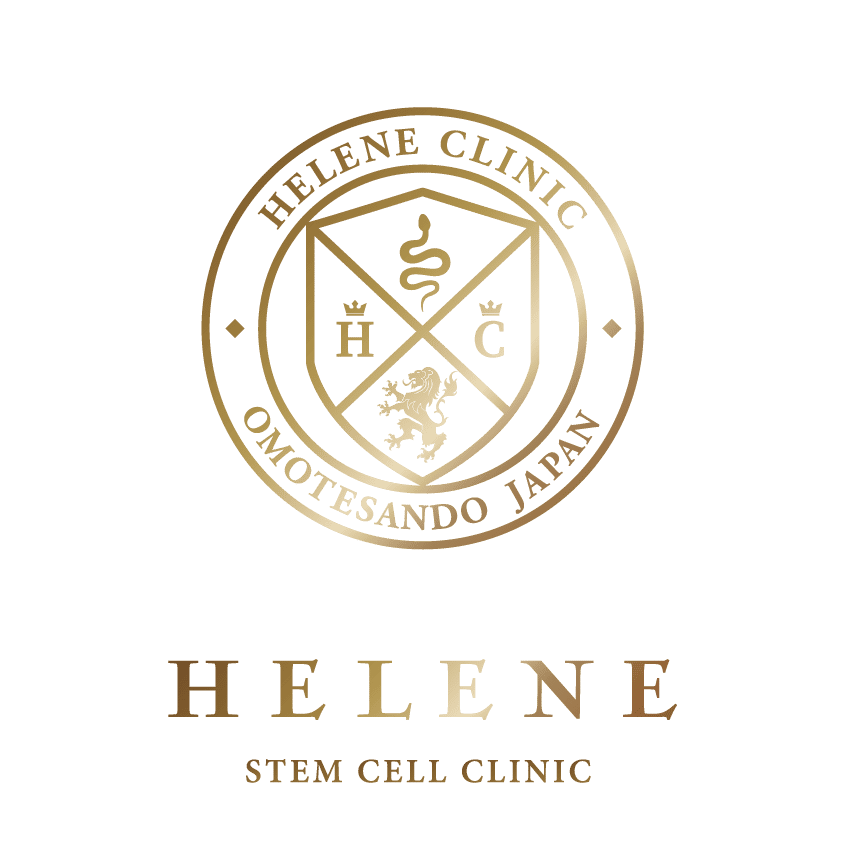Japan’s Regenerative Medicine Approach to Hormonal Imbalance
.png)
As we age, our endocrine glands (ovaries, testes, adrenals) naturally decline, leading to symptoms like fatigue, hot flashes, mood swings, and low libido. While traditional Western medicine often relies on synthetic Hormone Replacement Therapy (HRT), Japan's regenerative medicine sector offers a more biological approach.
Clinics in Tokyo and Osaka are increasingly using Mesenchymal Stem Cells (MSCs) and Exosomes to rejuvenate these aging tissues. The goal is not just to mask symptoms, but to "reset" the body's internal clock and encourage the glands to produce their own hormones again.
How does stem cell therapy treat hormonal imbalance?
The therapy works primarily through a "paracrine" effect. When stem cells are introduced into the body (usually via IV infusion), they release chemical signals that target inflammation and damaged tissue.
- Ovarian Rejuvenation: For women, stem cells can improve blood flow to the ovaries, potentially restoring some function, reducing hot flashes, and improving egg quality (often sought for fertility).
- Testicular Function: For men, the therapy helps repair the Leydig cells in the testes, which are responsible for producing testosterone, addressing issues like low libido and erectile dysfunction naturally.
- Adrenal Support: The systemic anti-inflammatory effect helps the HPA axis (Hypothalamus-Pituitary-Adrenal) regulate stress hormones like cortisol more effectively.
What specific hormonal conditions are treated?
1. Menopause Management
Many women in Japan turn to regenerative medicine as an alternative or supplement to traditional HRT. Treatment can alleviate:
- Hot flashes and night sweats.
- Insomnia and anxiety.
- Vaginal dryness and loss of skin elasticity.
2. Male Vitality (Andropause)
Men suffering from low testosterone often receive stem cell infusions combined with peptides. Benefits often include:
- Increased energy and muscle retention.
- Improved sexual function and libido.
- Mental clarity and reduced "brain fog."
Treatment Options: Stem Cells vs. Exosomes vs. Peptides
| Treatment | Best For | Est. Cost (Japan) | Downtime |
|---|---|---|---|
| Autologous Stem Cells (Fat) | Deep tissue repair, long-term anti-aging, severe symptoms. | ¥2,000,000+ ($13,000+) | 1-2 days (liposuction needed) |
| Umbilical Cord Stem Cells | Potent anti-inflammatory, no surgery required. | ¥3,000,000+ ($20,000+) | None (IV Drip) |
| Exosome Infusion | Mild symptoms, skin beauty, maintenance. | ¥150,000+ ($1,000 per vial) | None (Lunchtime procedure) |
| Peptide Therapy | Daily support for hormone regulation (e.g., Sermorelin). | ¥50,000+ ($330/month) | None (Home injection/oral) |
Is it a permanent cure?
While stem cells can turn back the clock, they cannot stop time. Patients usually feel peak benefits 2-3 months after treatment. To maintain the hormonal balance, many patients return to Japan annually for a "top-up" exosome infusion or a smaller stem cell dose. Lifestyle factors (diet, stress, sleep) play a massive role in how long the results last.
Safety and Regulations
Japan is one of the safest places in the world for these treatments because of strict government oversight. Unlike unregulated markets, Japanese clinics must prove the sterility and safety of their cell processing. However, these are still considered "free-practice" (elective) treatments and are not covered by insurance.


.png)




.png)
.png)







Share this listing